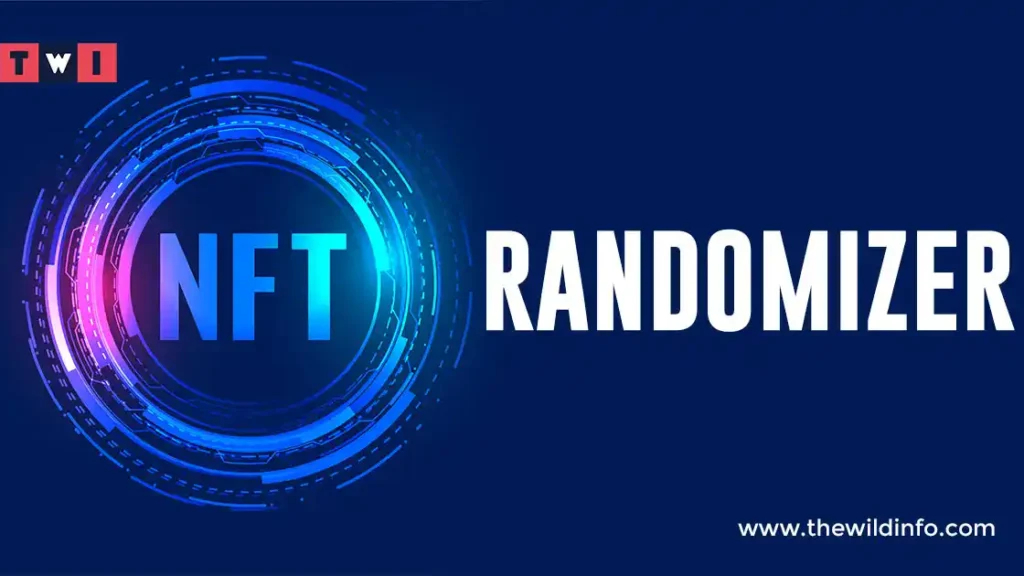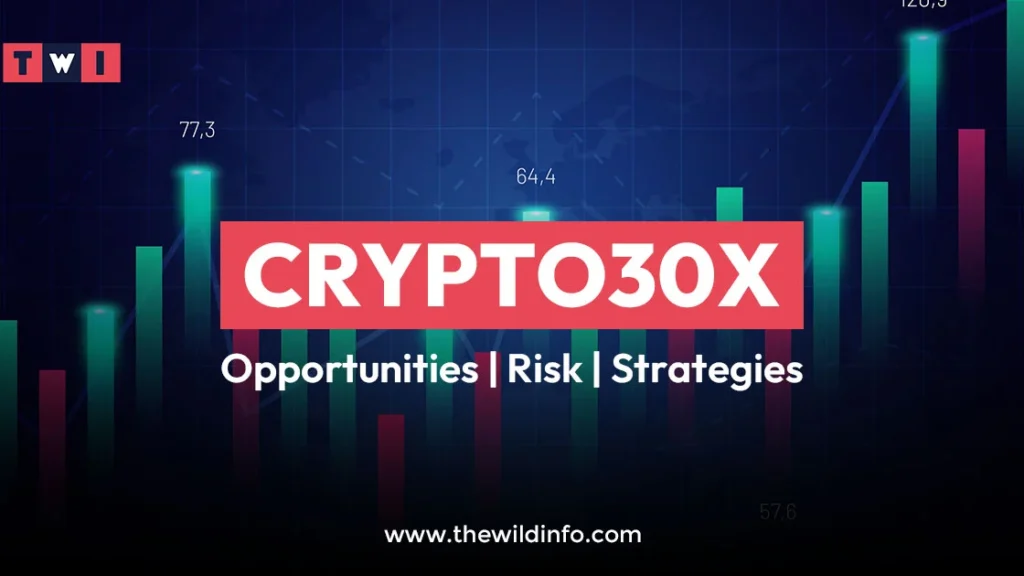Unlocking Creativity with NFTRandomize: Simplifying NFT Creation and Collection:
In the evolving world of digital art and blockchain, NFTs (Non-Fungible Tokens) have transformed how creators showcase their work and how collectors interact with digital assets. However, the process of creating diverse and unique NFTs can be time-consuming and technically challenging. This is where NFTRandomize steps in, revolutionizing the NFT creation process by introducing powerful randomization tools that simplify and enhance creativity.
With NFTRandomize, artists, designers, and developers can generate vast collections of unique NFTs quickly by leveraging its ability to randomly combine traits and layers. This tool not only streamlines the creation process but also ensures that each digital asset is distinct, adding value to the overall collection. Beyond just creation, NFTRandomize is designed to make the collection and management of NFTs more accessible and user-friendly for creators of all levels.
In this article, we will explore how NFTRandomize works, its key features, the pros and cons of using randomization, and how it secures data and privacy.
Unlocking Creativity with NFTRandomize: Simplifying NFT Creation and Collection
In the fast-paced world of digital art and blockchain technology, Non-Fungible Tokens (NFTs) have emerged as game-changers. They’ve opened up new opportunities for artists, collectors, and creators to engage with their work freshly and excitingly. Yet, creating diverse and unique NFTs can be a complex and time-consuming process, especially for large collections. Enter NFTRandomize, a tool designed to simplify this process by introducing randomization to the creation of NFTs, allowing artists to quickly and easily generate unique assets that stand out in a crowded market.
NFTRandomize empowers creators to unleash their creativity by randomizing layers and traits, ensuring that each NFT is distinctive. Whether you’re an experienced NFT creator or just starting, this tool makes the process of creating and managing NFT collections far easier, offering a seamless experience from design to minting. In this post, we’ll break down everything you need to know about NFTs, how NFTRandomize works, and why it might just be the perfect tool for your next project.
The Link of Crypto and NFTs: A Brief Overview
To fully understand the significance of NFTs, it’s important to first recognize their connection to cryptocurrency. NFTs are built on blockchain technology, the same underlying system that supports cryptocurrencies like Bitcoin and Ethereum. Blockchain ensures that each NFT is unique, verifiable, and cannot be replicated. This provides a secure platform for trading digital assets, which holds significant value for creators and collectors.
While cryptocurrencies like Bitcoin are fungible (one unit can be exchanged for another of equal value), NFTs are non-fungible, meaning each token has unique characteristics that make it one-of-a-kind. This is what makes NFTs such a powerful tool for artists, as they provide a way to create digital scarcity, ensuring each piece of digital art or collectible has a distinct place in the market.
What Are NFTs? An Introduction to Non-Fungible Tokens
NFTs, or Non-Fungible Tokens, represent digital ownership of a unique asset, whether it’s art, music, videos, or even virtual real estate. Unlike cryptocurrencies, NFTs cannot be exchanged for one another, as each NFT holds different values and attributes.
The appeal of NFTs lies in their ability to provide verifiable ownership of digital items, creating new opportunities for artists to monetize their work. For collectors, NFTs are prized for their rarity and the sense of ownership they offer over digital creations. Every NFT is stored on the blockchain, making it traceable and proving its authenticity—a key feature that sets NFTs apart from other forms of digital media.
Step-by-Step Guide: How to Create Your Own NFT
If you’re considering diving into the NFT space, the process of creating an NFT can seem daunting at first. But with the right tools and a clear guide, it becomes manageable. Here’s a basic step-by-step process to create your own NFT:
1-Choose Your Blockchain: The first step is selecting a blockchain to host your NFT. Ethereum is the most popular choice, but other options like Binance Smart Chain and Flow are available.
2-Set Up a Digital Wallet: You’ll need a digital wallet to store your cryptocurrency and any NFTs you create or purchase. Wallets like MetaMask are widely used in the NFT community.
3-Select an NFT Marketplace: There are several platforms where you can mint and sell your NFTs, such as OpenSea, Rarible, or Foundation. Choose the one that fits your needs best.
4-Create Your Digital Asset: Whether it’s a piece of digital art, music, or any other asset, you’ll need to prepare it for minting. This is where tools like NFTRandomize come into play, making it easier to create a variety of unique assets.
5-Mint Your NFT: Once your asset is ready, you can mint it by uploading it to the blockchain through your chosen marketplace. This process converts your digital asset into an NFT.
6-Set a Price and List Your NFT: After minting, you can set a price for your NFT, list it for sale, and promote it to potential buyers.
How NFT Randomization Transforms Digital Art and Collectibles
At the heart of NFT collections is the concept of rarity and uniqueness. Traditional NFT creation can be labor-intensive, especially when trying to design multiple unique pieces. This is where randomization comes in. NFT randomization automates the creation process by randomly generating combinations of traits and attributes, allowing creators to produce large collections with minimal manual effort.
NFTRandomize helps transform digital art by applying randomization to layers like background, accessories, colors, and other characteristics, ensuring each NFT is truly one of a kind. This process not only speeds up the creation of unique assets but also adds a sense of discovery, where neither the creator nor the buyer knows exactly what combination of traits will emerge in each NFT.
Key Features That Make NFT Randomizers Essential for Creators
- Layer-Based Randomization: NFTRandomize allows creators to define different layers (e.g., backgrounds, characters, accessories) and apply randomized combinations, ensuring every NFT is unique.
- Trait Probability Control: Creators can assign rarity values to specific traits, which can increase the value of certain NFTs within the collection.
- Batch Minting: NFTRandomize supports batch minting, allowing for the creation of hundreds or thousands of NFTs at once without manually designing each one.
- Seamless Integration with Design Tools: NFTRandomize integrates with popular design software like Cinema4D, making it easy to upload and randomize assets directly.
- User-Friendly Interface: With an intuitive design and simple drag-and-drop features, NFTRandomize is accessible to both seasoned creators and those new to NFTs.
Advantages and Limitations of Using NFT Randomizers
Pros:
- Efficiency: Randomization significantly reduces the time required to create large NFT collections.
- Scalability: Artists can produce collections in the hundreds or thousands with minimal effort.
- Enhanced Creativity: Randomization introduces combinations that creators might not have thought of manually, sparking new creative ideas.
- Increased Value: By adding rarity to certain traits, randomizers can increase the overall value of a collection
Cons:
- Lack of Control: Some creators may feel that randomization limits their ability to fully control the artistic process.
- Quality Variations: Randomization can result in some NFTs looking better than others, depending on how the traits combine.
- Cost: Depending on the platform, using randomization tools and batch minting can incur significant fees.
Ensuring Security and Privacy in NFT Creation
Security and privacy are critical in the NFT world. Whether you’re an artist or collector, protecting your digital assets is essential. NFT creators must ensure that the metadata, assets, and transaction details are secure. NFTRandomize takes security seriously by offering encryption for assets during the randomization and minting processes. Moreover, any sensitive data related to wallet addresses and transactions are kept private through blockchain technology, ensuring transparency without compromising user privacy.
How NFTRandomize Protects Your Data and Digital Assets
NFTRandomize ensures that data security and privacy are top priorities. When using the platform, all assets and traits are encrypted and securely stored. Additionally, the platform uses smart contract-based encryption for every transaction, ensuring that NFTs minted through NFTRandomize are traceable and secure on the blockchain.
By using decentralized blockchain technology, NFTRandomize eliminates the risk of centralized control, ensuring that creators maintain full ownership and control of their assets. This decentralized structure also makes it nearly impossible for malicious parties to alter or steal NFTs once they’re minted.
Real-World Examples: NFT Projects Powered by Randomization
Many successful NFT projects have leveraged randomization to create massive collections with unique attributes. One notable example is the Bored Ape Yacht Club (BAYC), where random combinations of traits like fur color, accessories, and background created a collection of 10,000 distinct Apes, each with its own rarity score. Projects like CryptoPunks and Cool Cats have also used randomization to build large, varied collections that have become highly valuable due to their uniqueness and scarcity.
Future Trends in NFT Randomization and Blockchain Art
The NFT space is constantly evolving, and randomization will continue to play a key role in this development. As AI technology becomes more advanced, we can expect randomization tools to become even more sophisticated, with AI helping to generate more complex and varied traits. In the future, randomization might not just apply to visual traits but also to interactive and functional aspects of NFTs, such as how they behave in virtual worlds or metaverses.


